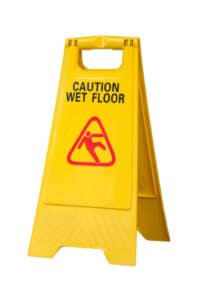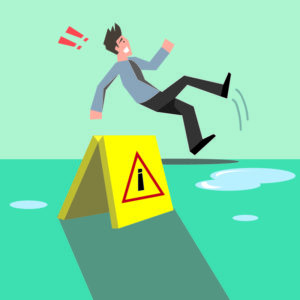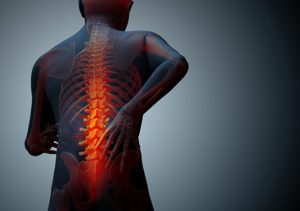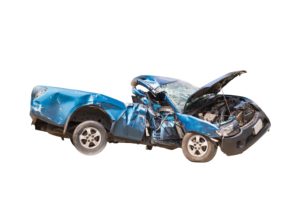When you purchase a product and use it as it is intended to be used, it is rightfully expected that the product will be safe and reliable. The unfortunate reality is that injuries can occur under unforeseen circumstances out of a consumer’s control. At times, these injuries come with traumatizing and costly consequences.
What is a defective product?
By definition, a product defect is any characteristic of a product which hinders its usability for the purpose for which it was designed and manufactured.
In personal injury law, we address product defects when someone has been injured by a product unexpectedly particularly when it does not perform as expected.
When referring to product defects, the three prominent categories include:
Design Defects
A faulty product due to flaws in the actual design are considered “design defects.” It has been manufactured in the way in which it was intended, however, the design itself has inherent flaws that are dangerous to the public consumer. Many times this will result in a recall of the product, and quite often, this recall happens after injuries to consumers have occured.
Example: One of the most famous examples of a design defect is the case against Remington Rifles. Their models 700 and 710 had a firing system that was defective. The design flaw caused these particular models of rifles to fire without pulling the trigger. The safety latch could be bumped accidentally, and the rifle could fire off a shot. An incident in 1994 in which a Texas man out on a hunting expedition did just that, with a bump of the safety latch, his rifle fired resulting in accidentally shooting himself in the foot. This design defect ultimately won the Texas man $15 million in compensation.
Manufacturing Defects
Manufacturing defects are an unintended defect in a product that occurs when there is deviation from a product’s design which can then result in the product becoming a danger to consumers.
These types of defects occur during production and are limited to an isolated batch or batches of products as they are manufactured. This differentiates a manufacturing defect from a design defect.
Example: One of the most famous examples of a manufacturing defect is from 2010 when a certain fleet of Toyota automobiles were experiencing accelerator failure resulting in unforeseen accidents. There was a specific feature that failed to be installed during the manufacturing phase that led to the unexpected accelerator failures and accidents. Damages of $1.1 billion had to be paid by Toyota.
Labeling and Marketing Defects
By definition labeling or marketing defects can occur when a manufacturer of a product fails to include sufficient warnings for the product on written warning labels or in marketing materials, including broadcast media marketing. This can refer to misinformation or omission of important safety information. Labeling and marketing defects make it possible for accidents causing significant injuries to happen to innocent, uninformed, or misinformed consumers.
Example: One of the most famous examples of a marketing defect case in recent years is the one against Monsanto for the incorrectly marketed and labeled harmful components in their weed killer product RoundUp while countless consumers claimed the product caused their cancer. Stating that RoundUp was “safer than table salt,” Monsanto’s lack of proper warning regarding the toxicity and potentially carcinogenic nature of the product, along with the intentional coverup of the facts, resulted in over 100,000 lawsuits and $11 billion dollars in payouts.
Who is responsible for liability when someone is injured by a defective product?
Depending upon the cause of the defective product, the liable party may be one of the following:
- The product’s manufacturer
- The party responsible for assembly or installation of the product
- The manufacturer of the components or parts of the product
- The wholesaler of the product
- The retailer who sold the specific product to the consumer
What can you do if you have been injured by a defective product?
You are entitled to justice and compensation if you are injured by a defective product. Retaining a product liability lawyer is highly advisable in order to receive the proper compensation. The manufacturer has a duty to ensure the safety of the products they make and sell. When a consumer is injured by a product on account of the manufacturer’s negligence, they are entitled to compensation for financial loss due to medical bills, pain and suffering, and lost income.
Examples of defective products:
- Pharmaceutical products
- Recreational products
- Clothing
- Asbestos
- Batteries
- Chemicals
- Cosmetics
- Elevators
- Automotive Products
- Machinery
- Firearms
- Food
- Agricultural Products
- Tools
- Medical Devices
If you or someone you know is considering filing a legal claim over an injury or illness that might be linked to a product, the personal injury attorneys at the Richard Harris Law Firm have the expert knowledge and experience to help you recover compensation for your losses. Let us help you get the justice you need and deserve.





























